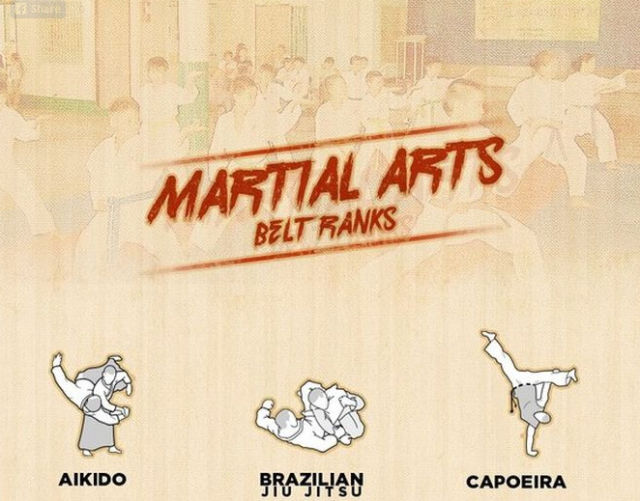The Growth And Historical Context Of Martial Arts Worldwide
The Growth And Historical Context Of Martial Arts Worldwide
Blog Article
Short Article Composed By-Hess Workman
Martial arts have an interesting history that spans centuries and continents. You could locate it fascinating exactly how ancient techniques like Shuai Jiao and Kalaripayattu laid the groundwork for modern combat methods. These techniques not just stress physical skills yet additionally reflect the societies that birthed them. As you explore their development, consider how globalization has changed these standard types into hybrid styles. What influences do you believe have formed today's martial arts landscape?
Ancient Martial arts: The Foundations of Fight
As you explore the world of ancient martial arts, you'll uncover the rich structures that formed fight methods throughout cultures. mouse click the following website page concentrated on Self-Defense and survival, typically incorporating strikes, hurting, and weapons.
In old China, as an example, methods like Shuai Jiao highlighted tosses and joint locks, while India's Kalaripayattu showcased agility and liquid motion. Japanese samurai established Kenjutsu, a polished swordsmanship that highlighted discipline and method.
These martial arts offered not just for fight yet also as a way of individual growth, instilling worths like respect and willpower. The blending of these techniques over time laid the groundwork for the varied martial arts you see today, each showing the special ideologies and demands of its society.
The Social Influence on Martial Arts Advancement
While martial arts frequently mirror the sensible needs of a culture, they also symbolize the cultural values and beliefs of their beginnings. When you check out various martial arts, you'll discover how they're affected by religious beliefs, ideology, and social standards.
For instance, the emphasis on respect and technique in Japanese martial arts stems from Zen Buddhism and samurai culture. On what does mixed martial arts include , Brazilian Jiu-Jitsu promotes versatility and method, formed by the need for performance in a diverse, modern atmosphere.
You may locate that the rituals, attires, and training techniques reflect an area's background and identification. By comprehending these cultural influences, you deepen your appreciation of martial arts and their function in shaping human experiences around the world.
Modern Adaptations and the Globalization of Martial arts
Martial arts have actually changed significantly in recent years, adjusting to contemporary society and global impacts. You'll notice that traditional types have mixed with contemporary methods, producing hybrid styles like mixed martial arts. These adjustments accommodate varied target markets, making martial arts available and attractive around the world.
With the surge of social networks and electronic platforms, you can discover tutorials and competitions from all edges of the world, damaging geographical obstacles. This globalization has resulted in a common recognition for various techniques, from Brazilian Jiu-Jitsu to Taekwondo.
As you involve with these arts, you'll understand they're not practically fight; they promote fitness, self-control, and psychological wellness.
Eventually, modern-day adjustments have actually enhanced the martial arts landscape, making it a dynamic and advancing practice.
Conclusion
In checking out the history and evolution of martial arts, you uncover a fascinating mix of techniques, societies, and philosophies. From ancient self-controls like Shuai Jiao and Kalaripayattu to the modern-day adaptability seen in mixed martial arts, martial arts show humanity's pursuit for Self-Defense and individual development. As you involve with these techniques, you not only acquire skills however likewise a deeper admiration for the varied practices that form our globe today. So, proceed what does kajukenbo mean and embrace the art of fight!
